On Getting a Clue
or, why write about leadership and acupuncture?
Thanks to everyone who read, commented on, and gave feedback about the last two posts about leadership. After mulling it over, it seems like we need a post that tackles the question of, why write about leadership on an acupuncture blog, at all? Or more specifically, what exactly am I trying to do here.
As you’ve probably noticed, my preferred way to teach acupuncture students is to use maximum transparency about things that are happening in the acupuncture world, and also, my own trajectory. I’m always scavenging teachable moments.
Here’s one: The acupuncture school I went to is dead.
It’s been just about a year since OCOM’s doors closed forever and the bank repossessed everything, including the fancy building.
Going back a little further, here’s the building that OCOM was in when I was a student in the early 90s, out in the Gateway neighborhood, now it’s a nonprofit preschool:
Recently I went back to look at it and reflect on what I know now that I didn’t know then. Standing in the parking lot and remembering the school and myself, 30+ years ago, turned out to be a useful exercise. Here’s what I realized:
The main things I got from acupuncture school in the 90s were some highly specific skills, like needling, charting, and constructing a treatment in response to patient concerns, as well as a credential that qualified me for licensure.1 The main thing I did NOT get from acupuncture school was anything resembling a clue about small business, entrepreneurship, and the nature of the industry itself — including all the ways leadership is required to navigate those challenges. I had no clue about the big picture when I graduated and it took me a long, long time — decades really — to get one. More about that in a minute.
Apart from what I learned and didn’t learn, though, the most important part of acupuncture school for me was that I fell in love. With my partner (which was a big surprise because I didn’t think I liked boys that way) and also with the clinical practice of acupuncture — but more specifically, with the kinds of people who use low-cost student clinics. I discovered that I loved treating those people, including (but not limited to): low income people, old people, people dealing with chronic illnesses and chronic pain, people in recovery from addiction, traumatized people — and of course the many Venn-diagram overlaps among them. These are my favorite people to work for, and my favorite way to serve them is by offering them frequent, regular acupuncture. Because it’s low-key, genuine magic for them (and for me).
That’s what I’ve been doing ever since I graduated in 1994, in one capacity or another. I have yet to get tired of it. I still love that work and those people, even though I’m not the one slinging needles in the clinic anymore. I still think I have a great job (even though it doesn’t pay well by other people’s standards) and I still feel lucky that I get to do it.
Here’s the twist, though: my favorite people aren’t necessarily best served by individual private practices. Definitely not high-end conventional private-room practices, but sometimes not even by individual community acupuncture practices — because in general these people need more than any single acupuncturist can give. For one thing, there are a LOT of them (and by “them” I mean “us”), and for another, they’re a diverse bunch of humans who don’t necessarily connect, individually, with the personality of any one acupuncturist. Including me. Organizations and institutions (including school clinics2 ) that can offer consistently accessible acupuncture, possibly with a rotating cast of acupuncturists, are particularly helpful for these people. (So is 5NP, for similar reasons.)
What I enjoyed most about my own acupuncture education — treating the kinds of patients who come to student clinics, in a multi-practitioner context, with a focus on consistency and accessibility — was what I re-created with WCA. I like it when acupuncture feels less like an individual commodity and more like a public utility. (See also: “Here You Can Have the Spaces That We Dream About”). And so for the sake of my favorite people, I slowly learned to love institutions.
Which is also how the topic of leadership became unavoidable. Because organizations and institutions require leaders — the more the better.
When I first started nerding out on leadership, one of my friends (who leads a much bigger organization and who actually went to school for management, which I did not) recommended the leadership bible Reframing Organizations: Artistry, Choice and Leadership by Lee G. Bolman and Terrence E. Deal. In the introduction, the authors frame the central challenge of leadership as having a clue, which is so much harder than it sounds. But you can’t lead effectively when you’re out of touch with what’s happening. Bolman and Deal call it the “curse of cluelessness”:
Year after year, the best and brightest managers maneuver or meander their way to the apex of enterprises great and small. Then they do (clueless) things... If our image of a situation is wrong, our actions will be wide of the mark as well. But if we don’t realize our image is incorrect, we won’t understand why we don’t get what we hoped for...we insist we’re right even when we’re off track. (pg 7-8).
After 30+ years, I feel that the acupuncture profession is lacking a clue in some important (possibly life-threatening) ways. One of my goals for this newsletter is to help acupuncturists get a clue, and for that process to happen faster than it happened for me.
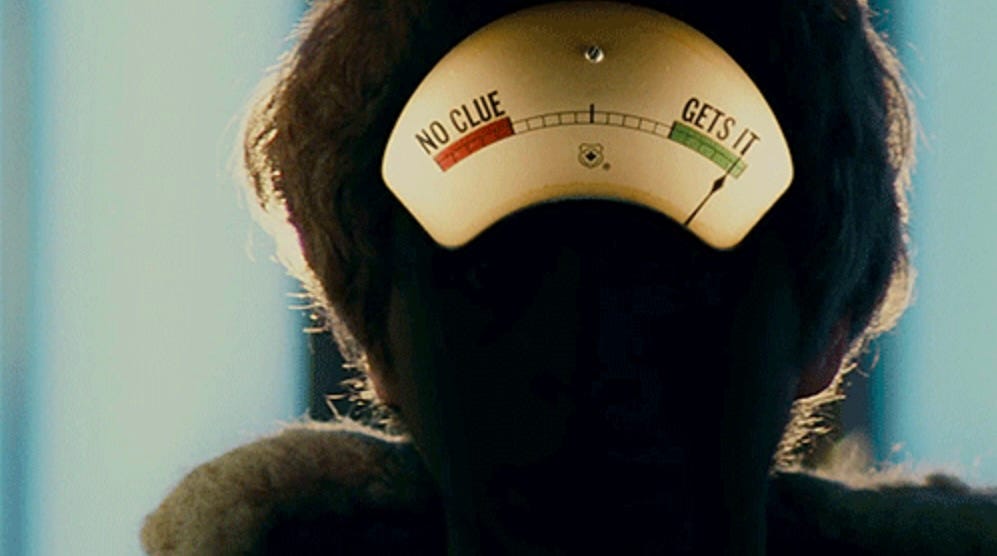
In the last leadership post’s comment thread, a subscriber (Ryan) asked: How should leaders talk about the crisis in the acupuncture profession?3
Here’s my answer: I think they should try to address the mismatch between the image the profession has of itself and the economic reality of our situation. Which certainly won’t win them any popularity contests — but collectively, we really need to get a clue that for the last thirty years or so, the profession’s aspirations have been writing checks that its employment outcomes can’t cash. And it’s steadily been getting worse.
Back in the 90s, my acupuncture education cost approximately $27,000, which I borrowed. Adding in undergrad student loans plus capitalized interest over the years, the grand total came to about $44,000 at 8% interest, which is what I (eventually) paid off. I’d say it was a good investment because basically, I got what I wanted from my education. I got a career — admittedly a really weird career — but it turned out to be just what I needed. If someone had told me while I was in school that “success” for an acupuncturist in the US in the 21st century looks like earning $40K to $50K annually, I would’ve said, “Okay.” If they’d followed up with, “Well do you still want to do it?” I would’ve said, “Yup.” My aspirations — to treat a lot of poor people — lined up neatly with my outcomes: I treated a lot of poor people! No regrets.4
That’s not the case for many acupuncture graduates these days. Who mostly have different aspirations than I did, but it’s still a systemic problem for the profession, not a personal failing for the graduates.
Recently I heard someone in a leadership position talk about how the future of the profession will be written by Doctors of Acupuncture and how vital “good schools” and a doctoral standard of knowledge are to acupuncture being able to hold its own among other professions. (This is the dominant narrative, the hill that the acupuncture establishment apparently wants to die on.)
When people in the US refer to “good schools” they’re often thinking of this list of the best acupuncture schools (updated March 2025, it says).
Unfortunately, the top three schools on the list — OCOM, Emperor’s, and AOMA — are all closed. The fourth-ranked school, Bastyr, is on Show Cause sanction from its institutional accreditor and appears to be rapidly running out of money. Number five — which happens to be Five Branches — I don’t know how they’re faring, maybe they’re okay, but number six, MUIH, is in the process of a teach-out for its acupuncture program and is soon to be no more.
When the “best acupuncture schools” are the very same schools that are closed or closing — that, my friends, is a clue that the acupuncture profession’s image of itself isn’t actually sustainable and we need to do something different. More about that soon.
I bet some acupuncturists are going to get mad about what I didn’t include in the list of what I learned: Traditional Chinese Medicine, herbs, pulse diagnosis — though of course I did learn all those things and more, I went to OCOM after all — plus everything that falls under “acupuncture school as a transformative journey”. What can I say — if you’re hate-reading this newsletter, you should probably stop? You’re not going to like where I’m going with this topic.
The biggest loss, when OCOM closed, wasn’t the bloated, overpriced doctoral degrees and the “doctoral standard of knowledge” — it was the student clinic. Rachel Pagones, author of Acupuncture as Revolution, has also written about the value of low-cost student clinics for patients, interns, and the community as a whole:
I am a volunteer at the (Free Seniors’) acupuncture clinic, where I formerly worked as a PCOM intern. It is not idyllic, yet there is a strong sense of the ideal about it – never mind the imperfections. If that sounds like a paradox, it is. Because here we all are – church volunteers, medical and dental students, acupuncture interns and the organizations behind them – trying to offer health where there is illness, food where there is hunger, relief where there is suffering. The physical backdrop is fairly rudimentary, ambient environmental controls are minimal and the budget is not lavish, but to a large extent it works.
And here’s something else – everyone seems to appreciate it. Our acupuncture patients, by their own account, depend on their treatments. Most come weekly and would do so more often if they could (there is also a clinic on Wednesday mornings and a clinic not restricted to seniors on Monday nights). Many have been coming for years…
The clinic benefits more than the patients themselves, though. There are specific ways in which students gain. And there is another sense in which the clinic provides a model of Chinese medicine working in a community.
The Free Seniors’ Clinic was founded in 1998… Leaflets were delivered door-to-door at the senior housing apartments surrounding the church, and the patient population soon swelled. The swell has never ceased. There is no advertising, says PCOM clinic director Greg Lane, who adds, “We have more demand than we can supply.”
The clinic operates on a tight budget, with PCOM donating its staff, administration and supplies. Yet it is “a really critical component of our clinical training,” Lane says.
Ryan’s live-blogging the decline of the alternative medicine education industry with his new Substack, Debt by Natural Causes — you should check it out.
I bet some acupuncturists are going to get mad about this part too: being okay with what I earned as an acupuncturist (relative to what I spent on my education) and also the idea that acupuncture that pays practitioners $40K- $50K per year, that benefits large numbers of low-income people, is still acupuncture that’s worth doing. Yes, I wish my acupuncture school had been much more transparent about how hard it would be for me to earn that $40K and how many risks I’d have to take. I was misled, through omission at the very least. But if they had been honest with me, I can’t say I would’ve done anything differently.


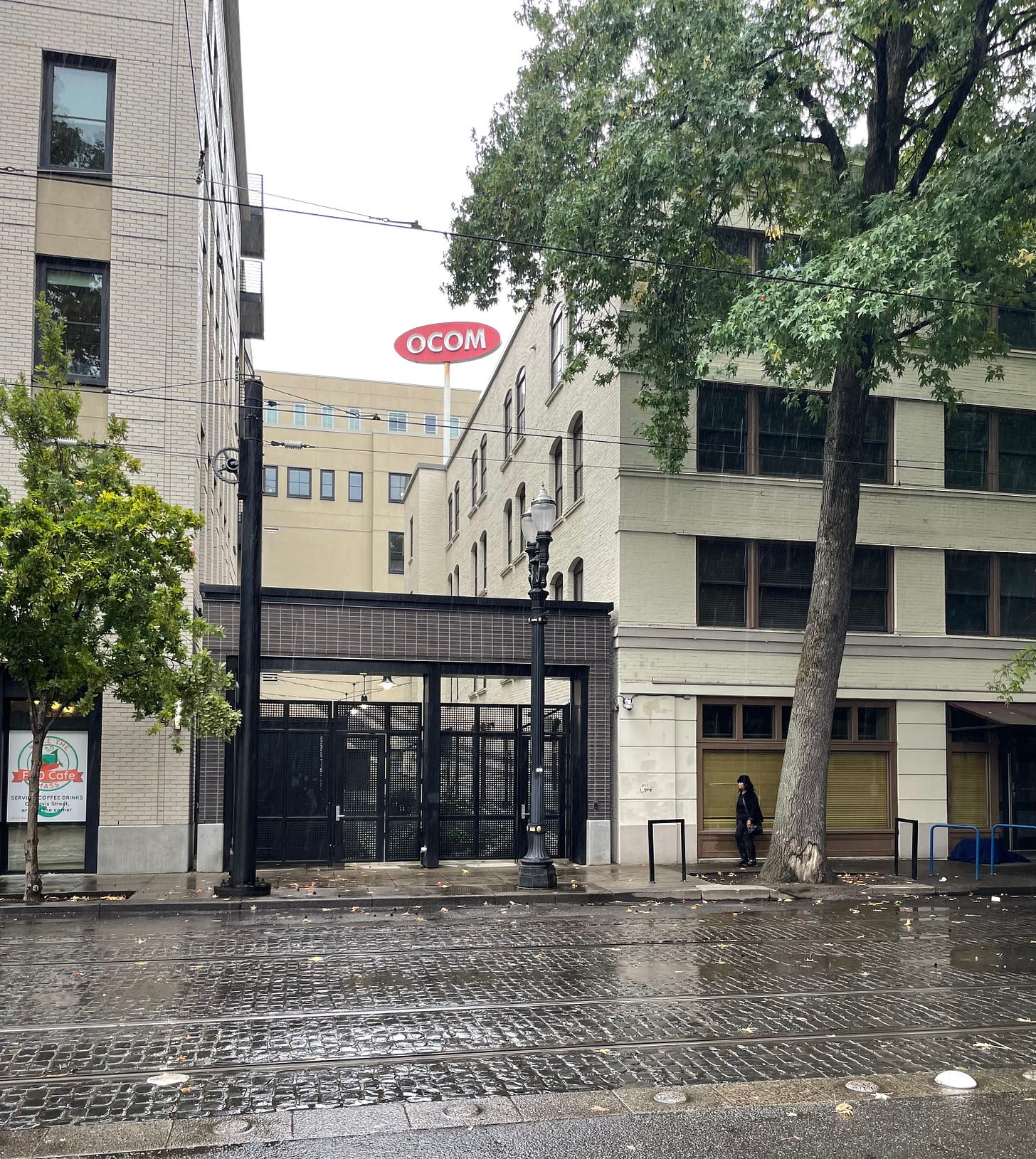
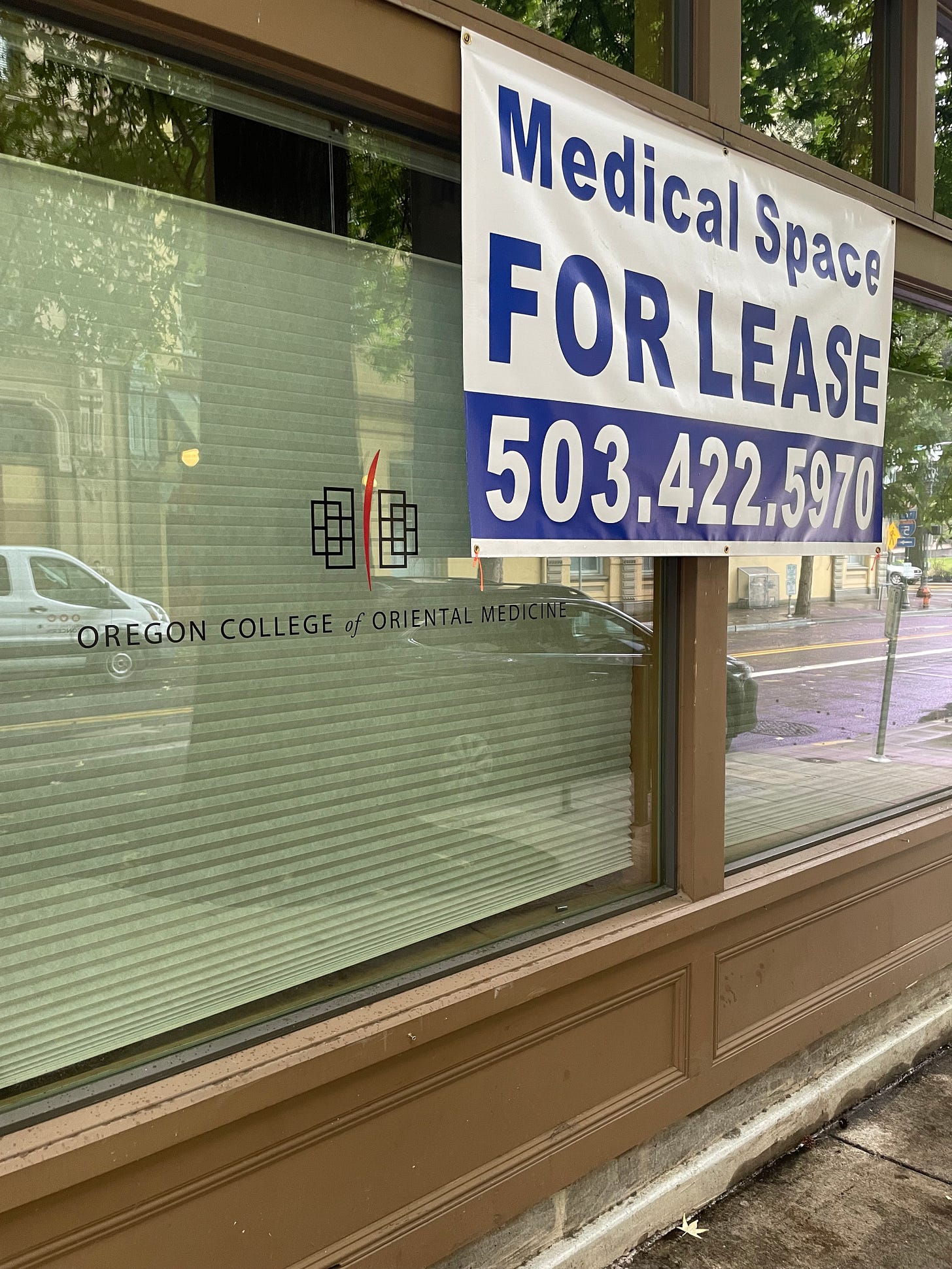
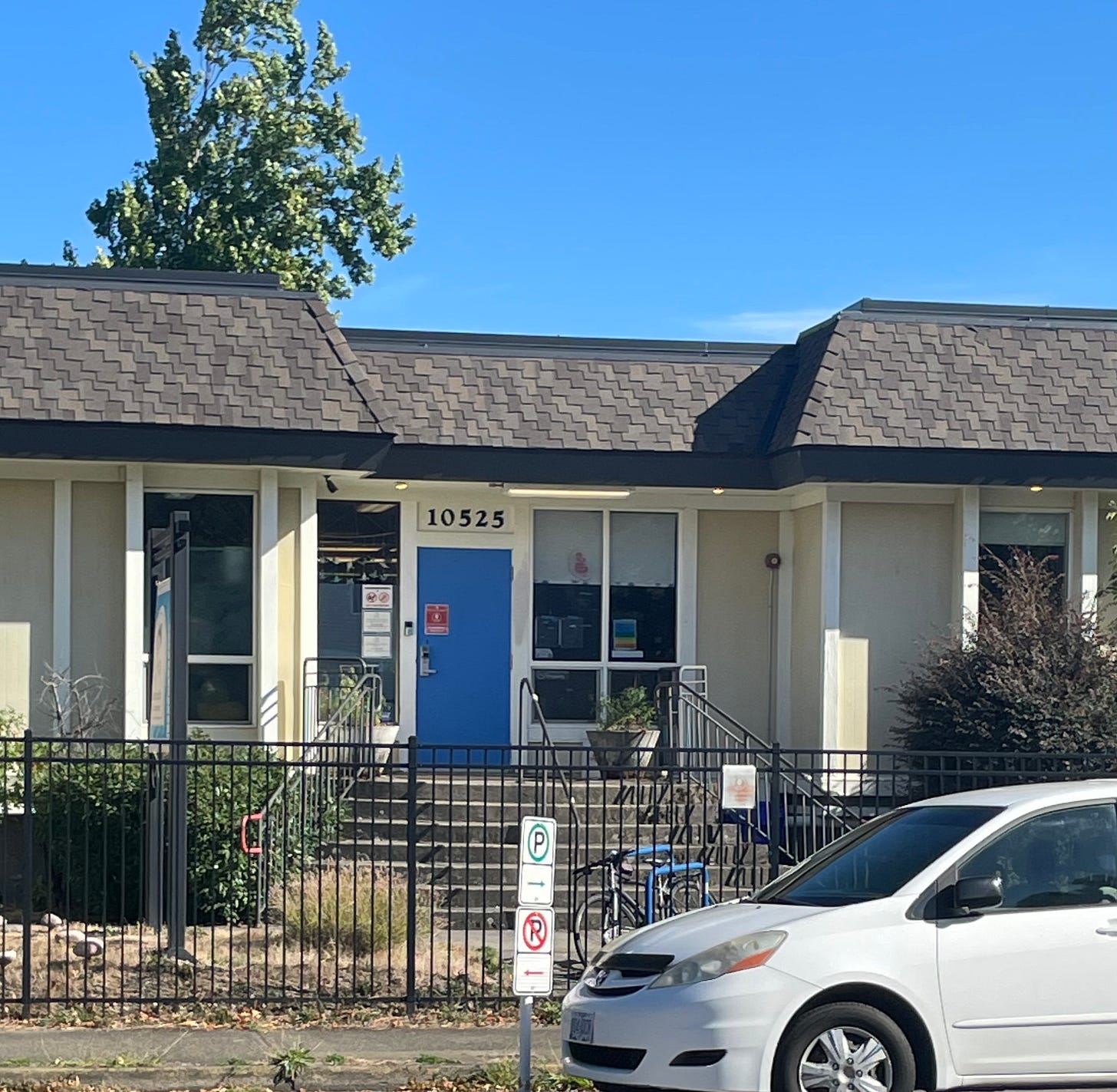
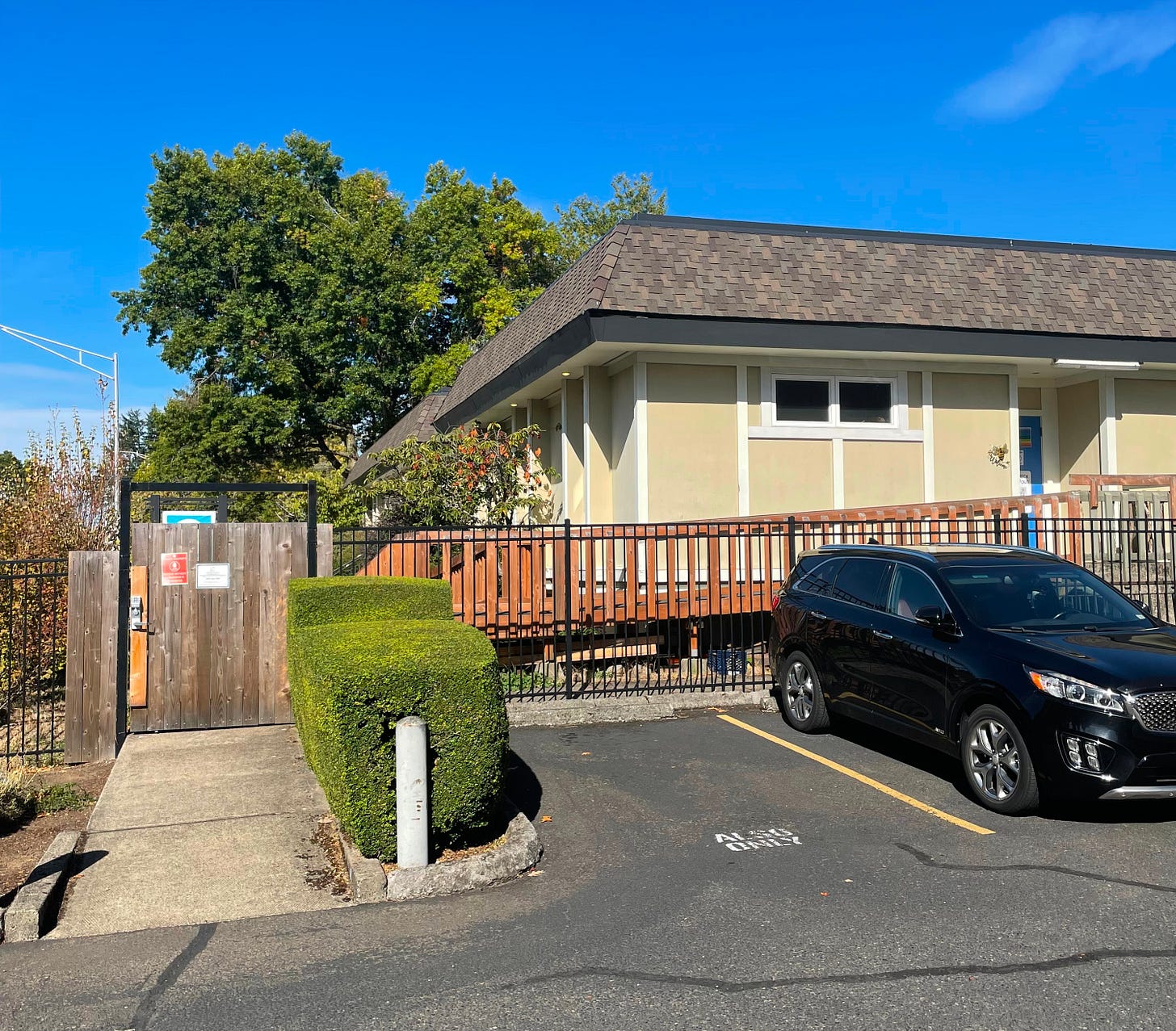
The business model of most acupuncture schools doesn't make sense, and relies on loans to cover the expenses of running small, tuition-dependent graduate programs. As people can read about on my stack, many of the schools are in precarious situations. Maybe a few programs in larger schools can survive the forced consolidation. Even then, the July 2026 loan caps mean students will need private loans to survive three or four year programs. It's all a rolling tragedy that extracts money from new entrants to fund a toxic professional pipeline. No authentic leadership can occur unless the fundamental exploitation of acupuncture education is acknowledged.
I’m looking forward to when you get to the NCCAOM and the role of professional orgs and regulatory bodies, and their interface with insurance companies….